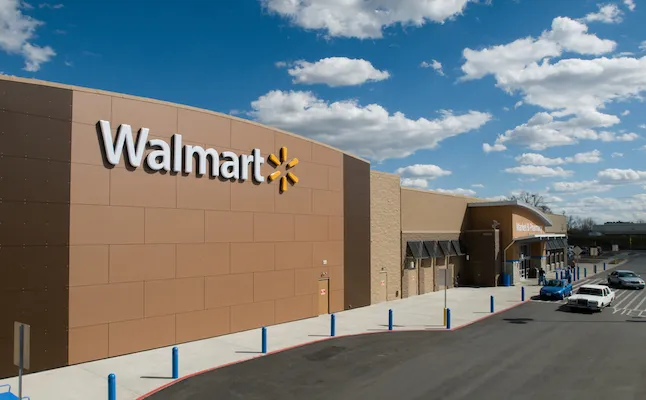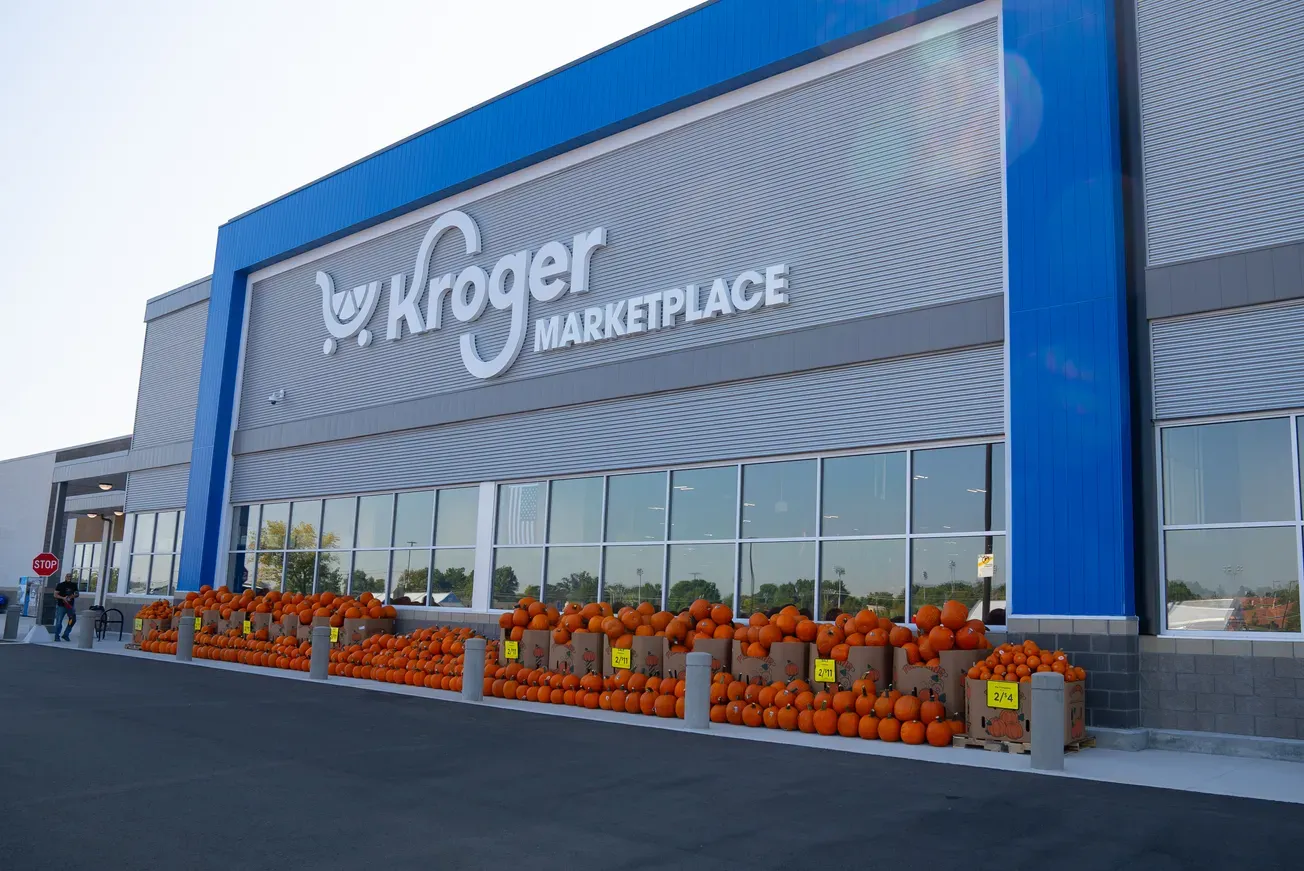
Despite all the attention that Amazon justifiably receives for the transformational effect it is exerting on mass market retailing, a case can be made that the company that is in the best position to meet the omnichannel needs of consumers over the long term is Walmart. Listening to president and chief executive officer Doug McMillon and some of the retailer’s other leaders — including newcomer Janey Whiteside, Walmart’s first chief customer officer — talk about their strategy at a meeting with members of the investment community last month, a compelling picture emerged of a company determined to seamlessly meld its unmatched strength in brick-and-mortar stores with new capabilities powered by digital technology.
McMillon set the tone in his opening remarks: “These continue to be exciting times that are full of opportunity. To seize the moment, we’re changing, we’re adjusting. We continue to transform the company, how we think and how we work with one goal, and that is to earn the business of our existing customers, as well as new customers today and tomorrow …
“The team is executing well, and our plan to win in-store and online plays to our strengths.”
Brick-and-mortar retailing is the area where Walmart has long been dominant. Sharp pricing and an the extensive assortment of quality merchandise, together with the logistical prowess that keeps the stores supplied, enabled Walmart to become the world’s largest corporation, whose annual revenue of $500 billion is twice that of Exxon Mobile, the No. 2 company on the Fortune 500. As McMillon noted, the phenomenal success of the model led the company to become overly cautious, even as competition from traditional retailers mounted and e-commerce brought a disruptive new force to bear.
Quick to grasp the changing dynamics in the marketplace, McMillon, who became Walmart’s CEO in February 2014, has fostered a new mindset at the company. “Today, we’re getting to reimagine retail and our business,” he said. “To do that, we take risks, try quite a few things and learn from our failures. That type of behavior is in our DNA, and we’re waking up that part of our original culture. Sam Walton himself said we’re always driven to buck the system to innovate, to take things beyond where they’ve been. There is a cultural change under way at Walmart, and we are enjoying it.”
The results of that shift in thinking are evident throughout the organization, beginning in the stores. “When we met last year, I talked about the challenges in our U.S. stores business with moving from fixing to leading,” noted Greg Foran, president and CEO of Walmart U.S.” And we put a plan in place to take us in that direction. And as I stand here today with you, I can say that we did what we said we would do. The productivity loop is turning. We’re buying for less, we’re selling for less. We’re growing sales, and we’re operating for less. And I think our results prove that we implemented the right strategy four years ago.”
Investments in the store experience, which include more compensation and training for associates, are paying dividends in the form of increased traffic and higher same-store sales.
“We’re pleased with these achievements, but at the same time we know that we have a lot more to do,” Foran said. “And in this competitive environment not only must we clear the bar, but we must continually set it higher.”
That challenge is particularly pressing in e-commerce and technology, which have always been Amazon’s stock-in-trade. With McMillon’s guidance, Walmart has embarked on a “journey” to develop IT tools that enable it to do a better job serving customers whenever, wherever and however they choose. “The potential to gather data and put it to use more effectively is exciting,” he remarked. “We’re learning how to work differently. We’re learning how to put product management, engineering and business leadership together to work in a more agile fashion. We’re improving many of our processes, and we’re empowering our associates with better tools and technology. Unsolicited on store visits, associates are saying thank you for the improved processes. That’s music to our ears. These processes are more intuitive, and we think associate experiences should be consumer grade.
“So we’re making progress in stores, but it’s more than just that. Take our recent Buy the Room launch in the home section on Walmart.com. One product manager, one designer and two engineers developed that from idea to launch in just two short sprints, that’s four weeks in total, that’s fast.”
McMillon cited several additional examples of the impressive strides the retailer has made in technology, but much work remains to be done to counter the substantial lead that Amazon has in e-commerce, including developing an effective answer to the latter’s Prime subscription service. It’s a steep hill to climb, but Walmart has the resources, talent and will to accomplish that objective and excel in all aspects of omnichannel retailing.
Starting from the opposite end of the spectrum, Amazon will discover that attaining such comprehensive mastery will be difficult and costly. If one accepts the proposition that brick-and-mortar stores will continue to play a substantial role in meeting the needs of consumers, the company will likely have to expand its store base, which currently is limited to Whole Foods and a handful of Amazon Go outlets and bookshops. Replicating Walmart’s store network, which is already being leveraged to support a growing range of consumer pick-up and delivery options, could prove extraordinarily onerous. If McMillon and his colleagues play their cards right, they should find that Walmart has the most direct path to preeminence in an omnichannel world.






